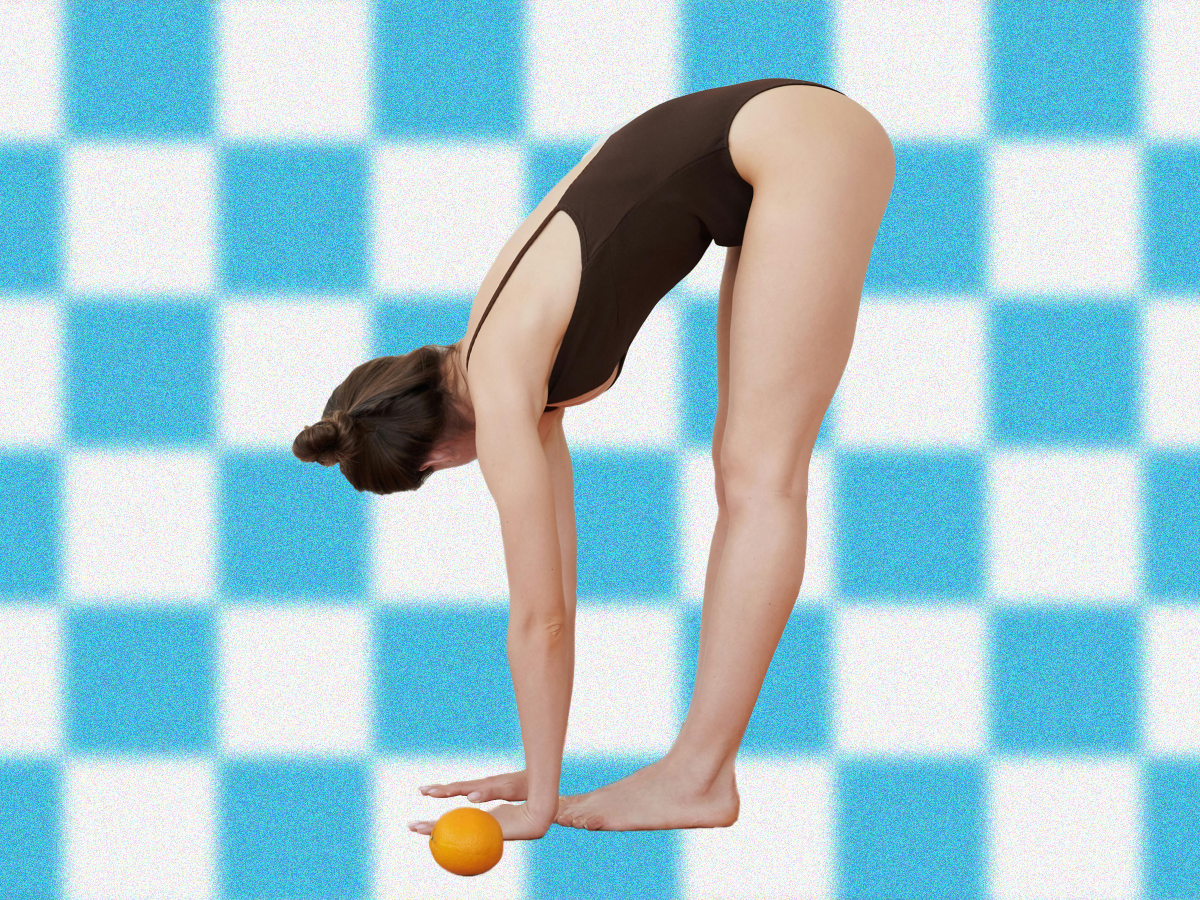Two years ago, I went to a day-long workshop on Chi Running, a technique developed by Danny Dreyer that claims to allow for efficient, painless running. The idea is that a person’s alignment, posture, and core should do the work while running—not the legs. While the concept does make sense, besides testimonials from runners, there was little to no scientific evidence that the technique really worked. But now a new peer-reviewed study provides proof of what many Chi Runners have touted for years: Chi Running produces less impact and higher efficiency compared with other styles of running.
A team of researchers at the University of North Carolina Chapel Hill compared four groups of runners: 1) those with a rearfoot strike wearing traditional running shoes; 2) those with a rearfoot strike in minimalist shoes; 3) those with a forefoot strike in minimalist shoes; and 4) those using the Chi Running method in both traditional and minimalist shoes.
Seventy-four runners ran for five minutes on a treadmill at their preferred speed. Researchers analyzed each runner’s lower extremities, including knee extension, landing strike, and ankle work.
The team found that runners with a rearfoot strike wearing traditional shoes were the most prone to injury, since their feet, lower legs, and hips experienced so much impact from heel striking. They were also more likely to suffer from “runner’s knee” and were less efficient due to the “braking effect,” which occurs because the runner stops his forward momentum with every foot strike. “Being a heel striker is akin to driving a car with one foot on the brake pedal and one foot on the gas pedal,” Dreyer explained in a statement.
Researchers also pointed out that contrary to popular belief, running in minimalist shoes does not automatically make one a better and injury-free runner. In fact, runners who wore minimalist shoes and ran with a rearfoot strike showed the greatest risk of injury from impact.
The team determined that runners who used the Chi Running method, regardless of the shoe type, experienced the least amount of impact and smoother landing with each foot strike and less knee extension. “Because the knees of Chi Runners are bending less than runners in other groups, there is less loading to the quadriceps, which translates into less work done and greater efficiency during the support stance,” Dreyer wrote.
The full study is available through ProQuest.


















